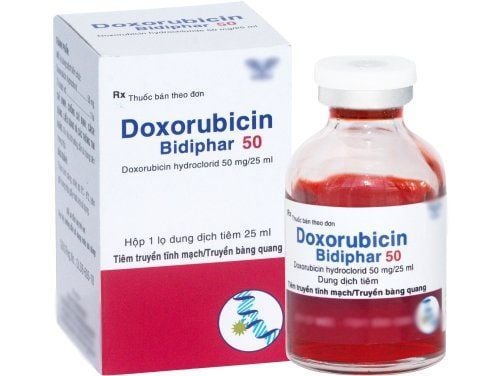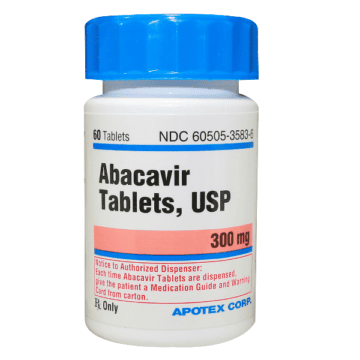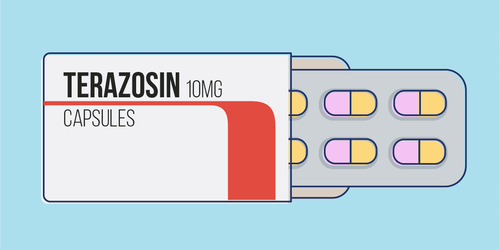This is an automatically translated article.
Obesity is a condition in which excess body fat accumulates causing weight gain. Obesity causes metabolic disorders as well as the activity of growth hormones, sex hormones. Weight loss in women can help reduce these hormones in many studies1. Hormone levels in obese people
In addition to increased intake of energy-rich foods and reduced exercise and physical activity, hormones and genes also play a role in obesity and overweight.Several hormones including leptin, insulin, sex hormone and growth hormone have been extensively studied for their role in obesity and body weight gain. These hormones play a role in appetite, metabolism, fat distribution in the body, and increasing excess energy storage in food in the form of fat.
Obese people have levels of these hormones which can increase the accumulation of fat in the body by altering the metabolism of fat.
The endocrine system consists of glands that secrete hormones into the bloodstream. These hormones are chemical messengers that regulate body processes. The release of these hormones is regulated by the nervous system as well as by the immune system that helps the body deal with stress and other situations.
While some hormones are released during stress to help the body prepare for emergencies by creating and storing energy, others help the body store energy in the form of substances. fat.
Therefore, excess or deficiency of hormones can lead to obesity. In addition, obesity also leads to changes in certain hormones.
Some important hormones in obesity include:
Insulin Insulin is a hormone produced by the pancreas. It helps regulate carbohydrate and fat metabolism and lowers blood glucose levels after meals. Insulin stimulates the uptake of glucose from the bloodstream by the muscles, liver, fat, and tissues for use.
In obesity, insulin signaling is lost and blood glucose levels rise regardless of high or normal insulin levels. This is called insulin resistance. Insulin resistance is a prominent feature of type 2 diabetes and metabolic syndrome.
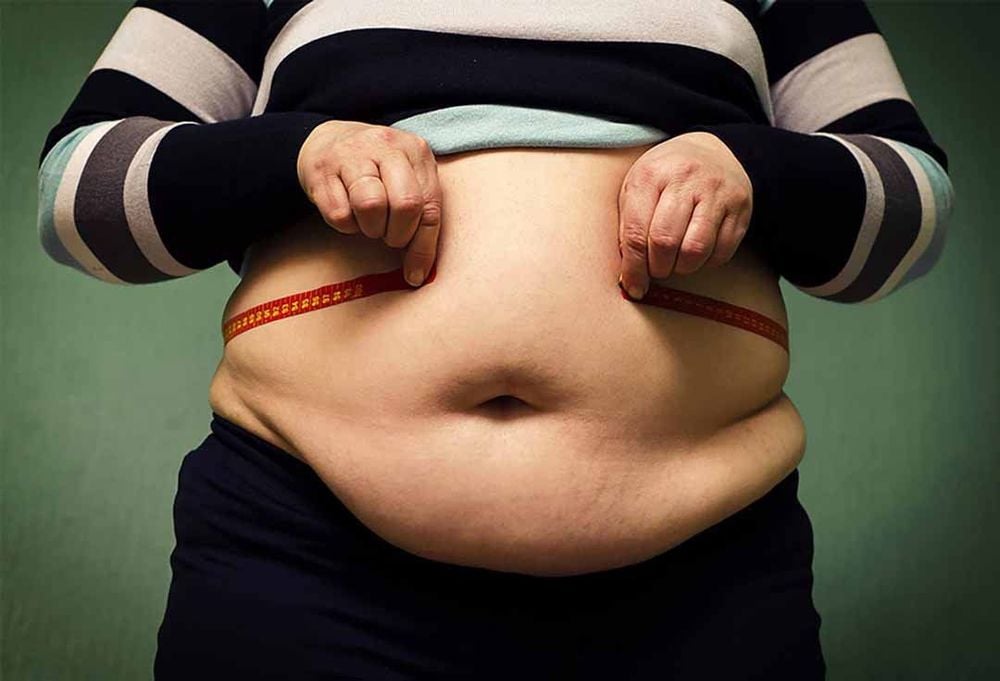
Insulin là hormone đóng vai trò quan trọng trong bệnh lý béo phì
In men and postmenopausal women, the main site for estrogen production is fat cells. Estrogen allows for fat distribution to the lower body or pear shape.
Belly fat is a higher risk factor for the disease than fat storage in the bottom, hips, and thighs or a lower fat distribution.
Changes in sex hormone levels after menopause and in obese individuals thereby altering fat distribution. Older men and postmenopausal women, unlike women of reproductive age, tend to have increased fat storage around the abdomen (apple shape). This increases their risk of disease.
Growth hormone The pituitary gland in the brain produces growth hormone. This helps in the development of a child. Growth hormone also affects the metabolism of all nutrients taken into the body. Growth hormone levels are lower in obese people than in normal people.
2. Hormone levels decrease when obese women lose weight
Many studies have shown that being overweight or obese increases a woman's risk of being diagnosed with hormone receptor-positive breast cancer. Doctors don't quite understand why extra weight is associated with a higher risk of hormone-positive breast cancer. It is likely that excess body fat increases levels of estrogen and other hormones. Higher hormone levels may increase the risk of breast cancer.One study supports a link between excess weight and higher hormone levels. Research shows that estrogen and testosterone levels drop significantly when overweight and obese women lose weight. The results were published online May 21, 2012 in the Journal of Clinical Oncology.
All 439 overweight or obese postmenopausal women, ages 50 to 75, were considered sedentary before they entered the study. This means that the women reported getting less than 100 minutes of moderate exercise per week.
The women were randomly assigned to one of four groups:
Low-calorie diet group (diet-only group). The women ate 1,200 to 2,000 calories per day (depending on each woman's baseline weight) and less than 30% of those calories came from fat. The women in the diet-only group also occasionally met face-to-face with a dietitian, attended weekly group meetings led by a dietitian, and kept daily food diaries.
Moderate to vigorous intensity exercise group (exercise only group). The women did 45 minutes of moderate to vigorous intensity aerobic exercise (eg, brisk walking), 5 days per week for a total of 225 minutes of exercise per week. Some of the exercises were performed in supervised exercises.
Diet plus exercise group. The women followed both a low-calorie diet AND did 225 minutes of moderate to vigorous exercise each week.
Control group (no special diet or exercise regimen).
At the end of the study after one year, the women in the diet and exercise-only group lost about 10% of their weight at the start of the study. (So a woman in one of the 180-pound weight groups when the study started lost about 18 pounds.)
The researchers measured levels of several hormones when the study started and at different times. different points in the study. At the end of the study, the women in the diet and diet-plus exercise-only group had hormone levels much lower than their levels at the start of the study. The women in the diet-only group and the diet-plus exercise group also had much lower hormone levels than the control group. The women in the diet plus exercise group had the greatest weight loss and hormone levels.
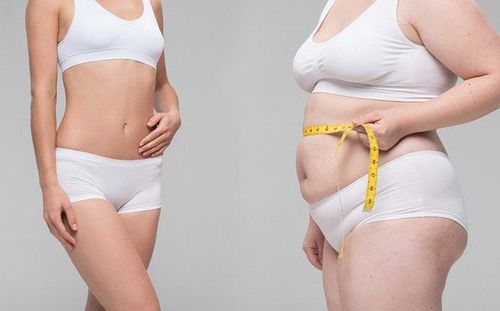
Một số nghiên cứu đã chỉ ra nồng độ hormone estrone, estradial đã giảm khi người béo phì giảm cân
Estrone levels decreased by 9.6% in the diet alone group and 11.1% in the diet plus exercise group Estradiol levels decreased by 16.2% in the group diet alone and 20.3% in the diet plus exercise group Free estradiol levels decreased by 21.4% in the diet alone group and 26.0% in the diet plus exercise group Testosterone levels also decreased:
Free testosterone levels decreased by 10.0% in the diet-only group and by 15.6% in the diet-plus exercise group
The researchers also measured changes in the levels of a protein detected called sex hormone binding globulin (SHBG). This protein attaches to sex hormones, such as estrogen and testosterone, and makes them less active. SHBG levels increased by 22.4% in the diet-only group and 25.8% in the diet-exercise group. Other research has shown that higher SHBG levels are associated with a lower risk of breast cancer.
The results of this study suggest that overweight and obese women have higher levels of hormones that may increase their risk of breast cancer; Losing weight through changes in diet and exercise can lower levels of this hormone and reduce the risk of breast cancer.
This study provides further evidence that achieving and maintaining a healthy weight through diet and exercise is well worth the effort. A healthy weight can improve your overall health, reduce your risk of breast cancer and other cancers, and make you more likely to survive if diagnosed with breast cancer. .
The National Institutes of Health offers an online BMI calculator so you can calculate your BMI. If your BMI is high, talk to your doctor about a safe and sensible weight loss plan.
Please dial HOTLINE for more information or register for an appointment HERE. Download MyVinmec app to make appointments faster and to manage your bookings easily.
Reference source: breastcancer.org



